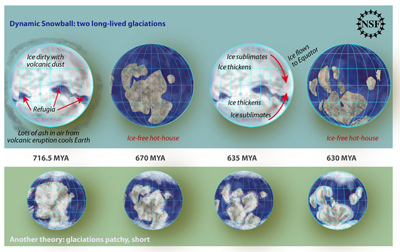Weather
Weather is the state of the atmosphere at a given time and place. Most weather takes place in the troposphere, the lowest layer of the atmosphere.
Weather is described in a variety of ways by meteorologists, scientists who study and predict weather. Air temperature and pressure, the amount and type of precipitation, the strength and direction of wind, and the types of clouds are all described in a weather report.
Weather changes each day because the air in our atmosphere is always moving, redistributing energy from the Sun. In most places in the world, the type of weather events expected vary through the year as seasons change. While weather can change rapidly, climate changes slowly, over decades or more, in response to changes in the factors that determine our climate.
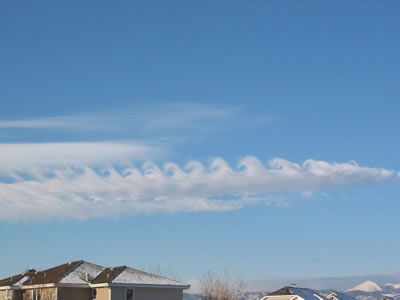
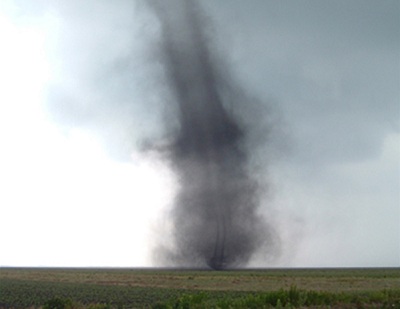
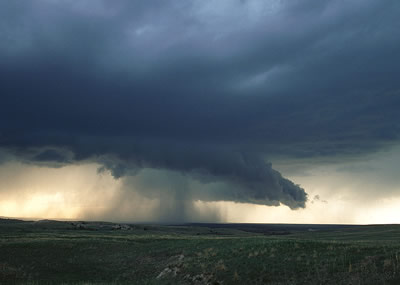

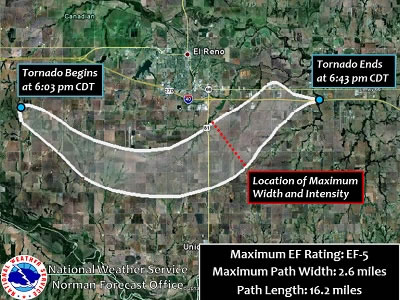
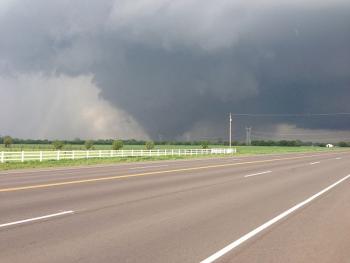
Please log in
Science Blogs
Real Climate: climate science from climate scientists

Windows to the Universe, a project of the National Earth Science Teachers Association, is sponsored in part is sponsored in part through grants from federal agencies (NASA and NOAA), and partnerships with affiliated organizations, including the American Geophysical Union, the Howard Hughes Medical Institute, the Earth System Information Partnership, the American Meteorological Society, the National Center for Science Education, and TERC. The American Geophysical Union and the American Geosciences Institute are Windows to the Universe Founding Partners. NESTA welcomes new Institutional Affiliates in support of our ongoing programs, as well as collaborations on new projects. Contact NESTA for more information.






